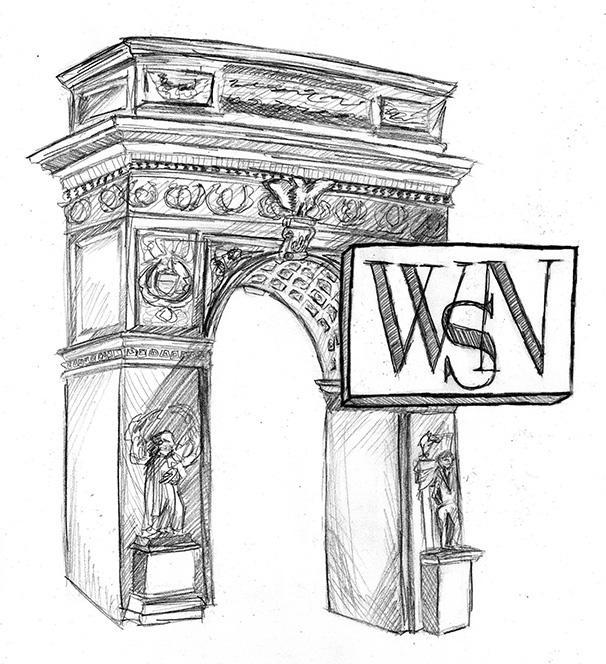Last Monday, NYU President Andrew Hamilton sent out a letter to the student body about the closure of residence halls and the transition to online classes for the rest of the semester. Though residences would be officially closed on Sunday, March 22, it was recommended that students move out within 48 hours.
This happened days after a number of universities — including Stanford, Harvard and Columbia — had already decided to transition to online classes. It also happened after a few had already closed their residence halls. Considering the relatively quick decisions of other universities around the country, NYU’s response was extremely slow. The university responded to the crisis after most students had already left campus — obviously not ideal for residents who needed to move out. In all, the decision’s impact was substantial, but since it came much too late, it didn’t give students enough time to properly transition.
After the decision, residents were forced to make last minute arrangements to either go home or find housing elsewhere — a luxury many students could not afford. Hamilton also wrote that “the bar will be high” for students who sought exemptions to the removal. In a follow-up letter sent by Marc Wais, Vice President of Student Affairs, the university outlined what constituted this bar more clearly, saying certain international students who stated their concerns would be given exemptions, and that students with “unanticipated financial challenges” would be able to apply for emergency aid. However, this support is capped at $500 — not nearly enough for many students.
According to NYU, residence halls needed to be emptied in case they needed to hold hospital beds. In the aforementioned follow-up email, Wais said NYU had an “institutional responsibility to help” if needed. This falls in line with New York State Governor Andrew Cuomo’s plan to convert buildings like college dormitories and former nursing homes into temporary medical facilities. In fact, SUNY Stonybrook and SUNY Old Westbury have already been recommended by the Army Corps of Engineers as possible sites.
But neither the state nor city government has asked NYU to use its facilities.
In a statement to the New York Post, a university spokesperson said that there “have been no specific requests of the University at this point, but we would want to be in a position to help if needed.” However, it is unknown whether the university’s dormitories are even able to be used as temporary medical sites in the first place — there has been no known inspection at the state or city level to confirm.
Why wasn’t the university transparent about this before requesting students leave residence halls, and why didn’t it ensure students had housing accommodations before making a decision that would seriously impact students? Why did NYU only institute these changes once so many students had already left campus if it didn’t have to?
The residence halls may eventually be used to hold hospital beds, but that’s only because NYU volunteered them. The university made the choice to clear out its dormitories on its own, which means that — if NYU wanted to — it could have waited until after spring break to evict its residents, or it could have given students more than a 48-hour preferred notice, or it could have hinted that it would make this decision in the email it sent to the student body just four days prior.
NYU did not want to put its students’ interests before its own.
The fact of the matter is that NYU has left its students hanging high and dry, and failed to consider students’ needs. It disregarded the varied financial situations of low-income individuals and exposed NYU’s fundamental disconnect with the very group it’s meant to protect.
A version of this article appeared in the Monday, Mar. 23, 2020 print edition. Email the Editorial Board at [email protected].























































































































































